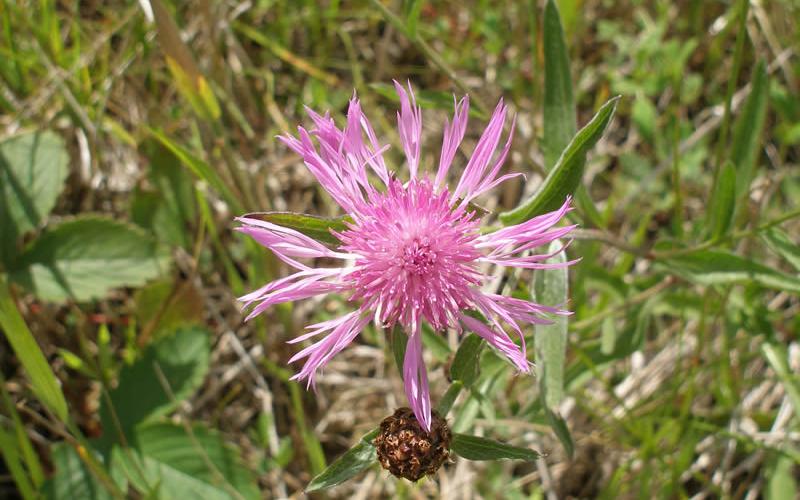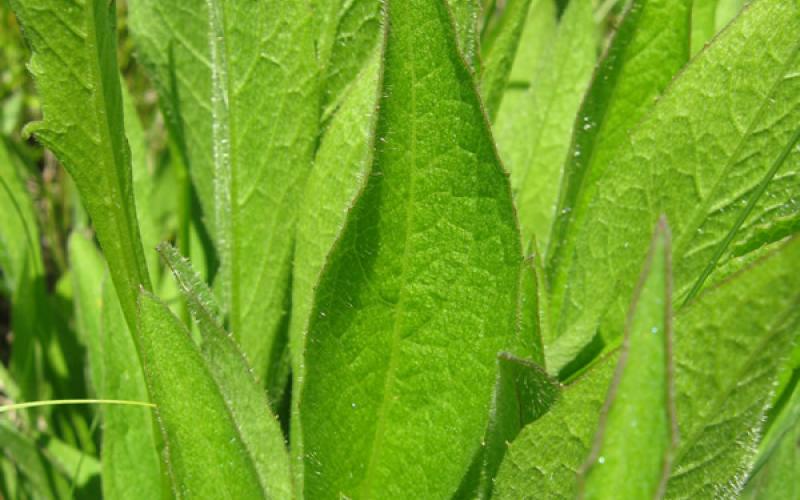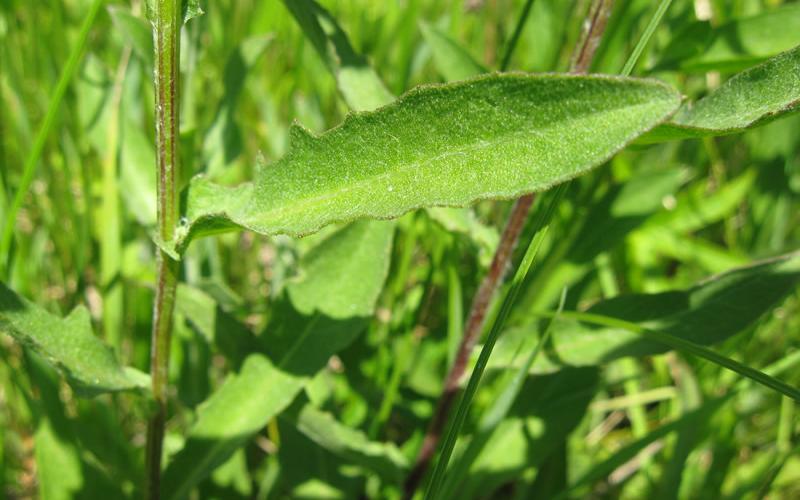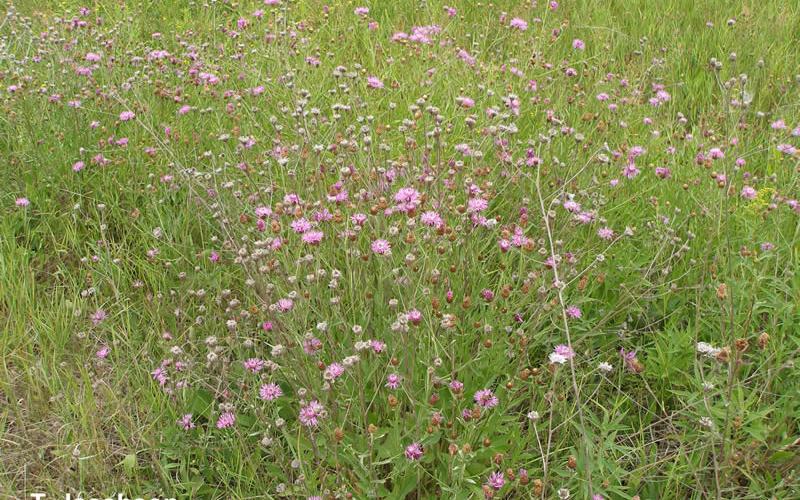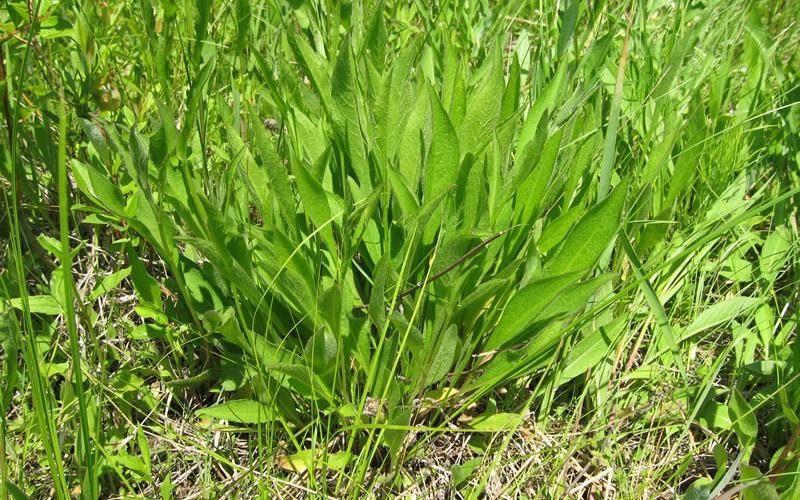Common Name: Meadow Knapweed
Scientific Names: Centaurea x moncktonii C.E. Britton, C. jacea x nigra, C. pratensis Thuill., and C. debauxii subsp. thuilleri.
Related Species: Other knapweeds and hybrids including spotted knapweed, Centaurea stoebe L. ssp. micranthos (Gugler)
Legal Status
Efforts must be made to prevent seed maturation and dispersal of plants into new areas. Additionally, no transportation, propagation, or sale of these plants is allowed. Failure to comply may result in enforcement action by the county or local municipality.
Background
Meadow knapweed is native to Europe and is likely a fertile hybrid between black (C. nigra L.) and brown (C. jacea L.) knapweeds. It may have been introduced to western North America for forage, but it is not palatable and has low nutritional value. Meadow knapweed escaped cultivation and is proliferating rapidly in the Pacific Northwest. Few meadow knapweed populations have been detected in Minnesota so it would be advantageous to control these populations before they have an opportunity to spread.
Description
- Meadow knapweed is a perennial plant that has multiple upright, reddish stems with vertical ridges that are 20-40” tall.
- Single flowers, mostly pink/purple but occasionally white, are at the ends of branches and are approximately ¾” in diameter. Flowering occurs mid-summer until fall, followed by the production of white to light brown seeds with short plumes.
- Leaves are lance-shaped and pubescent, occasionally with wavy margins or lobed. Basal leaves grow 4-9” long. Seedlings are tap-rooted and mature plants develop a cluster of roots below the crown.
- Flower buds and young leaves have a cob-webby appearance.
- Spotted knapweed is a similar species that is common in Minnesota. The two knapweed species are easily distinguished by the leaf shape and color. Spotted knapweed leaves are grey-green and are more deeply lobed.
Habitat
Meadow knapweed prefers sunny and wet conditions such as wet meadows, hayfields, pastures, riparian areas, roadsides, and forest openings.
Means of spread and distribution
Seed is the predominant means of reproduction although meadow knapweed can also be propagated by root crown fragments. Seed can be dispersed by wind, water, vehicles, and with hay. Meadow knapweed occurs in Colorado, Oregon, Idaho, and Washington in the United States and British Columbia, Ontario, and Quebec in Canada. It has very limited distribution in northern Minnesota with infestations reported in St. Louis and Koochiching Counties.
Impact
Meadow knapweed can outcompete other plants in pastures, hayfields, meadows, riparian areas, forest margins, and rights-of-way. This can result in reduced forage, wildlife habitat, and species diversity. A similar weed species, spotted knapweed, is abundant and can hybridize with meadow knapweed if the species co-exist. Concerns about a resulting vigorous hybrid add to the rationale for meadow knapweed eradication in Minnesota.
Prevention and management
- To prevent the spread of meadow knapweed, clean equipment, vehicles, and footwear before leaving an infested area. For all management options, infestation sites will need to be monitored and treated repeatedly until the seedbanks are depleted.
- A combination of hand-pulling and digging is an option for small infestations. Seedlings have tap roots and can be hand-pulled. However, the root clusters of mature plants are near impossible to hand-pull and must be dug and the entire root cluster removed to prevent regeneration. Plants with flowers and/or seedheads should be bagged and disposed.
- Herbicides are a very effective management tool for meadow knapweed. For specific herbicide recommendations, contact your local University of Minnesota extension agent, co-op, or certified landscape care expert for assistance and recommendations.
- Mowing does not control meadow knapweed and the mower may spread seed.
- Biological control was developed for some other knapweed species, but is not an effective control option for meadow knapweed.



